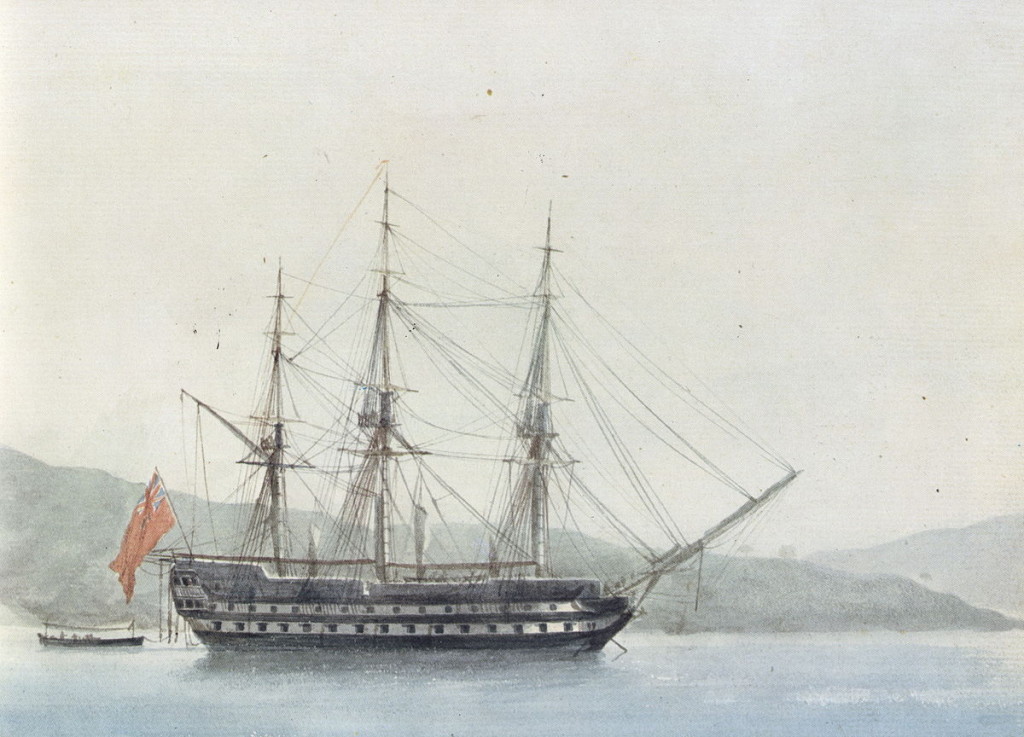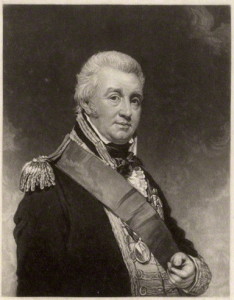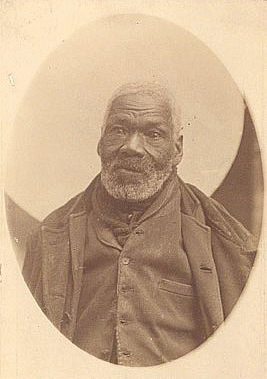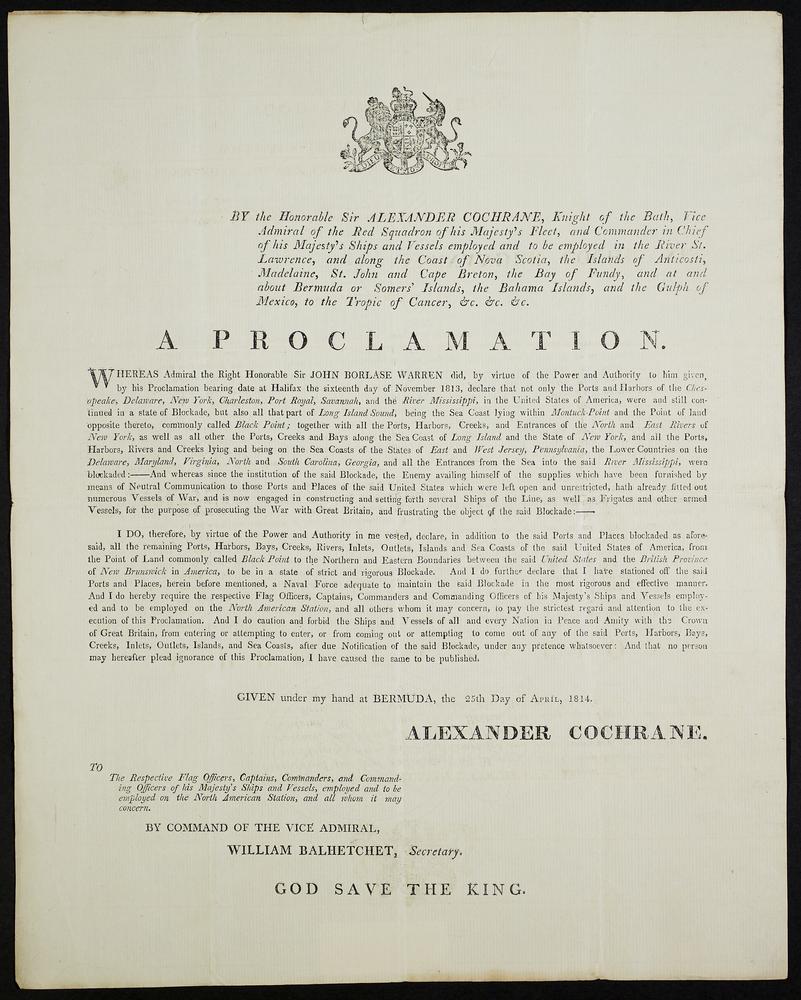
On May 30, 1814, Rear Admiral George Cockburn wrote to Captain Robert Barrie on board the HMS Dragon with news that the Chesapeake Flotilla was headed down the Bay towards the Potomac. Cockburn asked Barrie to search for the Flotilla and, if he couldn’t find it, to instead “do any Mischief on either Side of the Potomac which you may find within your Power.”
30 May 1814
My dear Sir
Subsequent to our Conversation of last Night I have received Intelligence that Commodore Barney has again come down with his Flotilla to the Neighbourhood of the Potomac.
The Man who brings the Information states that he saw him the Day before yesterday a few Miles to the Northward of the Cape Lookout— I therefore send You the Auxiliary Force I before intended, but I must beg of you to make use of it to the Northward instead of the Southward by sending it with your own Boats, Tender & ca. to examine St. Jerome’s Creek & to the Patuxent, and covering them at such Distance as you may judge advisable with the Dragon, taking also to your Assistance the St. Lawrence if on communicating with her Commander you find so employing her will not be likely to clash with Promises or Arrangements made with the Blacks landed from her the other Day.
Should you neither gain Information nor see anything of the American Flotilla in or on this Side of the Patuxent, I would have you cause St. Mary’s & Yeucomoco to be looked into, & you may do any Mischief on either Side of the Potomac which you may find within your Power, if this Information which I have received turn out to be incorrect, I can only say in your Operations to the Northward of Point Look out or to the Westward of it, You will consider yourself at full Liberty to act as Circumstances may point out to You as being most advisable for the Service.
The high Confidence I have in your Zeal and Abilities assuring me that I cannot do better than Point out to You the Object, and leave the Rest to your Management, but should you not be able to annoy the Enemy in that Direction we will still hold in View our intended Attack on Cherrystone Creek and perhaps a further Attempt on the other Side opposite to it. The Jaseur has taken another Schooner loaded with Salt Fish, she is gone up to the upper Part of the Bay near Hooper’s Straights— What Capt. Watts has in View I know not.
Let me hear from you as occasion may offer. I am Dr. Sir With much Truth
Yours most faithfully
G. C.-
This letter is cross-posted from the Blog of 1812 courtesy the Jefferson Patterson Park & Museum.


